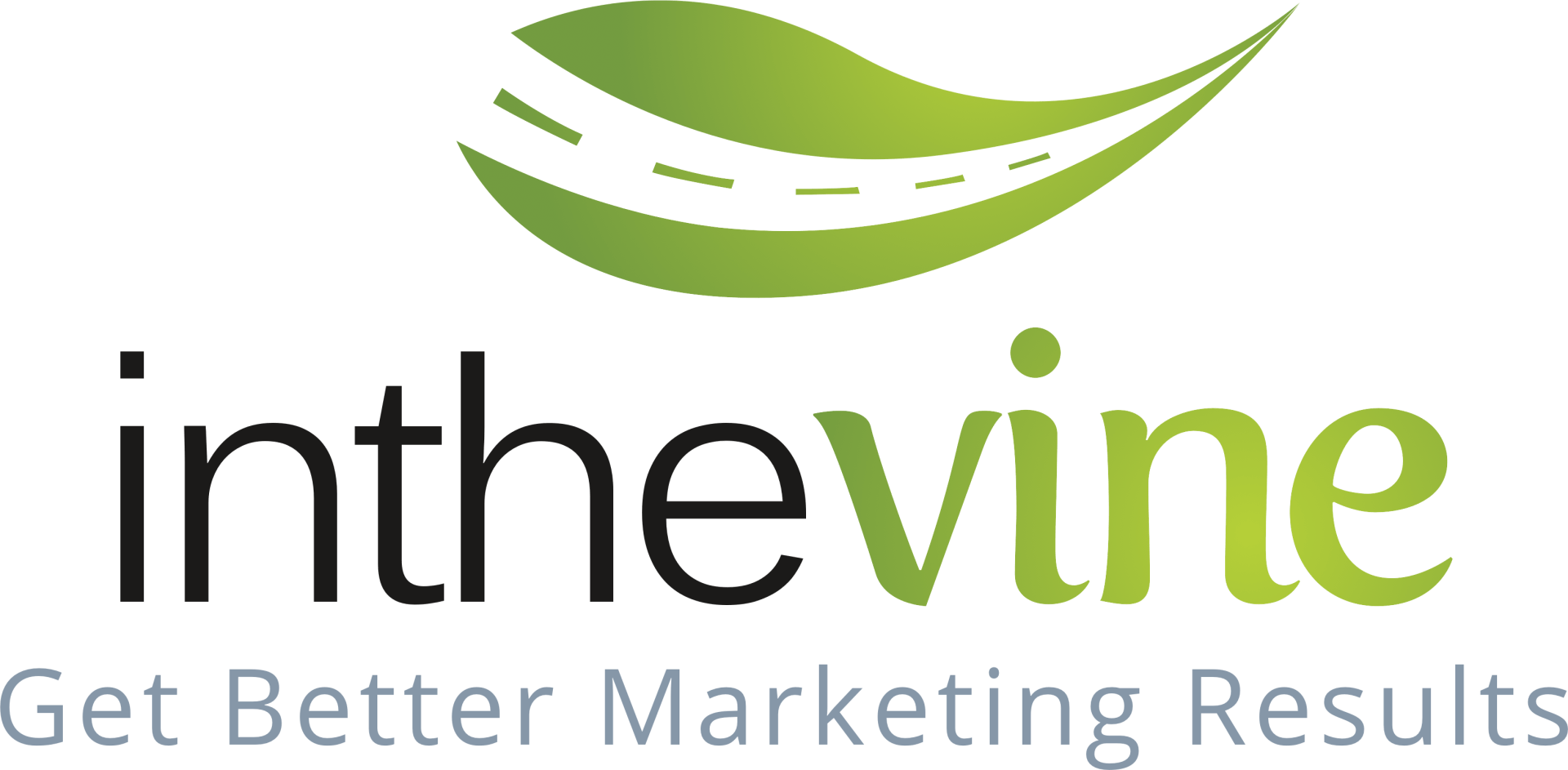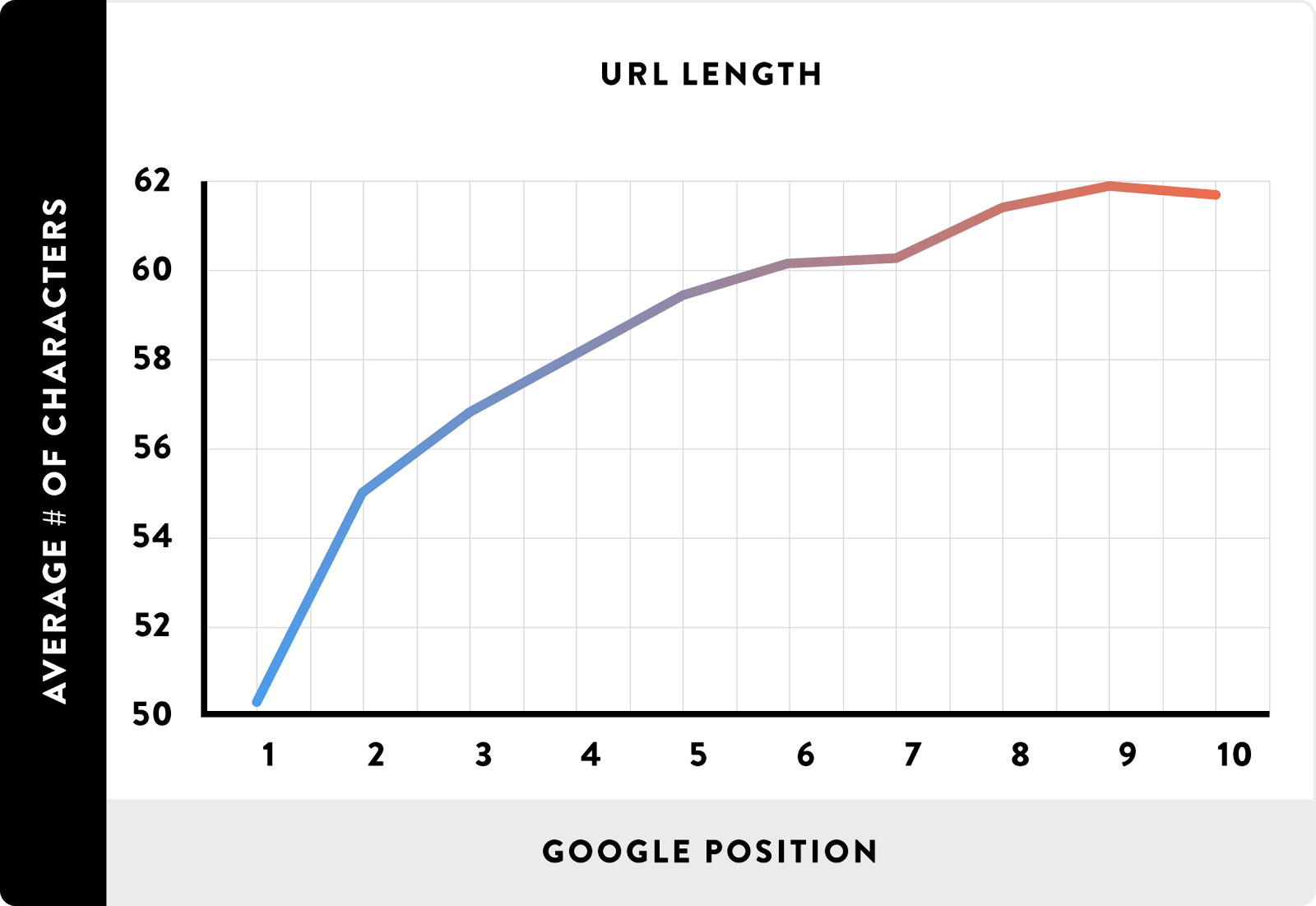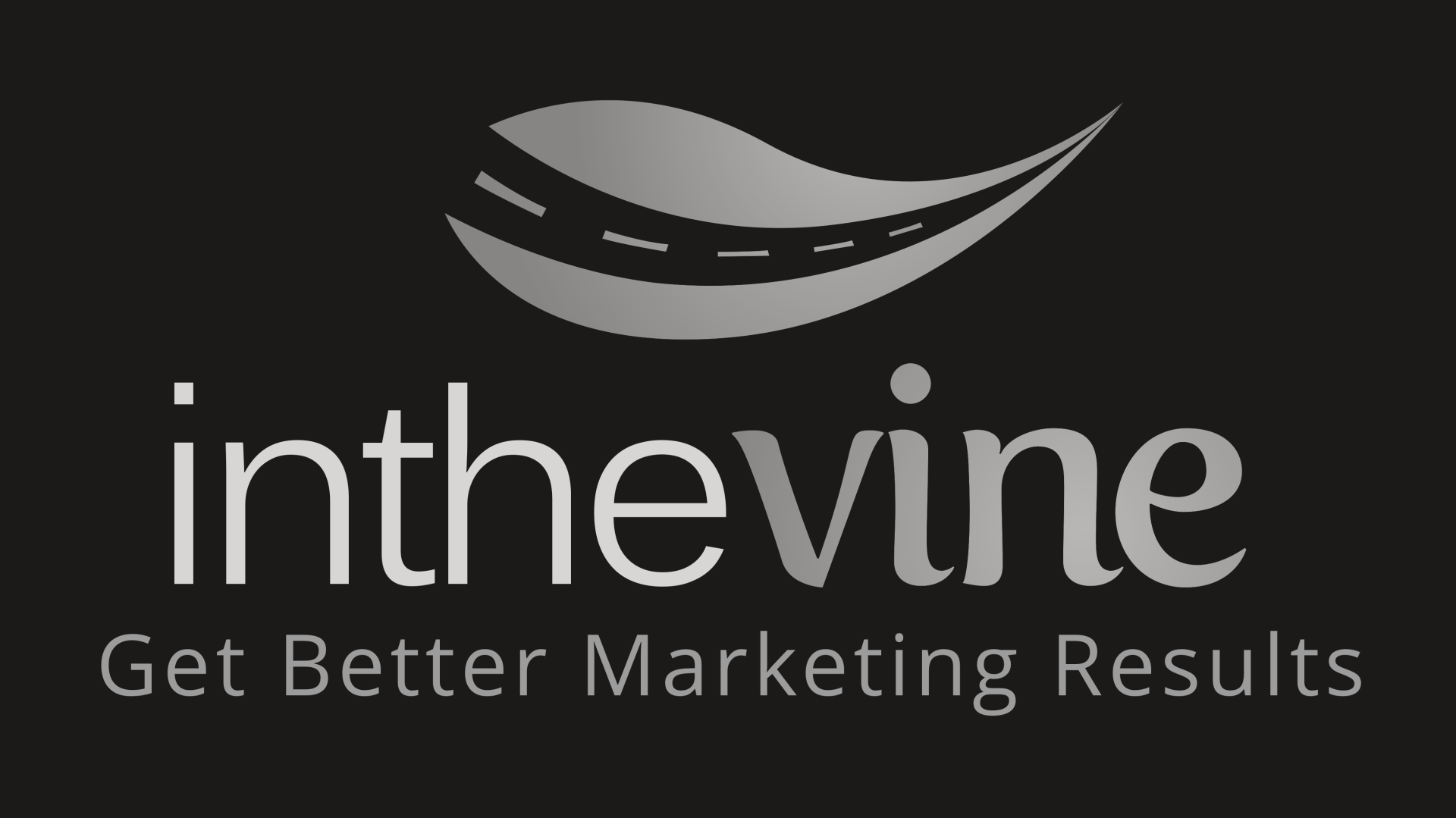Product Page Design For SEO and Customer Intent
You might be wondering:
How do I create the best product page design? And how do I get it to rank in search?
You've gotten inspiration from the best product page design lists out there and perhaps even downloaded a template.
But:
Product page designs are great for inspiration but were designed for a specific audience with a specific intention.
So let's remember...
Our guiding principle for designing our product page is to understand the customer (their intention) and design for them.
Now here's the three steps we'll take for a great product page design:
- Find Customer Searches Related To Your Product
- Maximize Clicks With A Properly Designed Page Title, Meta Description, and URL.
- What To Include In Your Product Page
1. Find Customer Searches Related To Your Product
A great way to find customer intention is to research what customers are looking for in search. It will also help to brainstorm the different problems customers have before doing a search.
For example:
If the solution you offer is grass cutting, then problems people might search for are getting rid of weeds and how to make your lawn green (like a golf course).
Now, let's create a list of keywords customers use related to your product with monthly search volume.
Here's the top resources I use for keyword research:
- Moz Keyword Explorer (and tutorial )
- Google AdWords Keyword Planner Tool
- Google Trends
- Microsoft Bing Ads Intelligence
- Wordtracker’s Free Basic Keyword Demand
Here's some ideas to start your keyword research with:
- Your product name and industry
- Competitor product pages
- Problems your product solves
- Your product niche
- Your product categories
Add all the relevant keywords to your list with monthly search volume.
1.1 - Find Related Keywords
Adding related words to your page will help Google know what your page is about.
For example:
If a search engine found your page about "apple". How would they know if it's about the fruit, the brand, or a pet's name?
If your page had related words like fruit, taste, and flavor then it's pretty obvious that your page is about the fruit.
1.2 - Rank Your Keywords And Find The Gaps
Rank the keywords in your list by the most searches per month.
Visit the top 3-5 sites ranking for your top keywords using keyword explorer (linked above).
Create a list of what's missing (gaps). What do you like and don’t like on the page? You’re looking for ways you can make your page better like missing information, bad design, things that would help make a decision, etc.
2. Maximize Clicks With A Properly Designed Page Title, Meta Description, and URL.
The first step is to rank on the first page and get people to click your snippet in the search results.
The best way to get clicks is to create your search snippet beside the actual search results your targeting. You'll want to analyze the other snippets and ask questions like:
- What keywords are they using in their titles?
- Does their description have any keywords or related keywords?
- Does their title offer a promise that's believable?
- Is the title creating curiosity?
- How are the other site URL's structured? Do they use keywords?
Here's a Google SERP Snippet Preview Tool to help you with creating your search snippet.
Another great way to get more clicks from search is to use modifiers like "2018", "best", "guide", "review". You can also use brackets to help the eyes move toward your snippet in the results. Adding it to the end of your title like "(With Pictures)".
3. How To Design Your Product Page
Designing your page without content is like creating a decoration. (Not very useful by itself.)
Here's the steps you can use to design an engaging product page:
3.1 - Use of keywords
- Start the title tag with your keyword.
- Wrap your title in a H1 tag.
- Wrap your subheadings in H2 tags.
- Add 2-3 internal links to your main content.
- Use the main keywords in the image name and alt tags.
- Use your main keyword within the first 100 words.
- Use your related keywords in the main article.
3.2 - URL length
Research shows that the top ranking sites have a shorter URL:
3.3 - Long content
This study found that longer content tends to rank higher in search results. I would recommend aiming for 1000+ words of useful content.
Use these ideas to increase your content length:
- Use the gaps you found in the first step.
- Brainstorm customer questions that you haven't answered.
- Look though keywords for ideas on what people are wanting to know.
3.4 - Dwell time
If someone hits their back button after viewing your page then that's a sign of poor page quality. It affects your rankings and your sales.
For example:
If you search for "product page designs" and clicked the first result. Looking at the page you see that it won't answer your question. You click back and look at the second result and find that it satisfies what you were looking for.
Google tracks that the first result didn't match what you were looking for. And if enough people do this the first result would go down in rankings.
This is why the length of time people stay on your page is important. Even if they weren't all coming from search results.
Here's what you can do to increase dwell time:
- Have engaging and supporting multimedia (photos, videos) sprinkled throughout your content.
- Use copywriter techniques like bucket brigades.
- Have a responsive design for all the devices your customers use.
- Put yourself in the customers shoes and answer all their questions related to your product.
Get your FREE website strategy session
If your business generates over $1m online, one of our experts will discuss your conversion goals and suggest strategies to double your sales.



